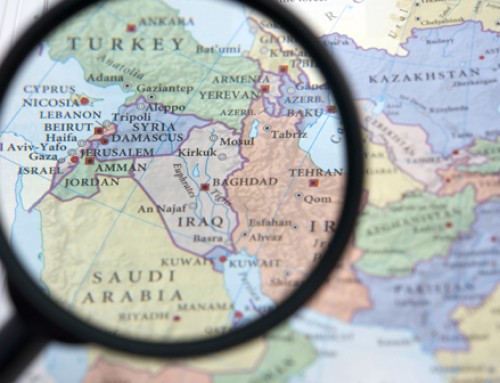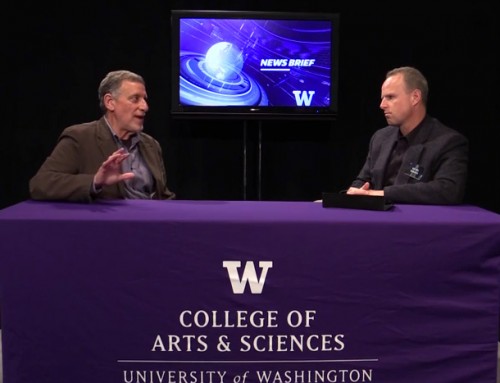The West Bank Revisited
When I and several hundred others trudged into what was once the village of Sarura in the South Hebron hills two weeks ago, it no longer had even the semblance of being an actual village. No structures. No fields. No signs of human habitation. What we did see was rocks galore, rubble-filled caves, and a few mostly destroyed rock walls.
Kimbap is a mixture of rice, eggs, spinach and bacon wrapped with dried seaweed. This dish is seasoned with sesame oil and looks like sushi. Personally, I was not at all impressed with the kimbap. For harmony of tastes, it is eaten together with tteokbokki. Depending on the size of the rolls, a serving of kimbap can cost between 1,000 and 3,000 won. In my opinion restaurants in south korea, the most exotic dish that you can taste in Seoul is Beondegi. Speaking in plain language, these are stewed silkworm larvae. The required number of larvae is measured, like seeds – in glasses. Sellers of this delicacy are rare in Seoul, but you can still find them in food markets. The shops selling Beondegi are easily identified by their smell. The aroma emanating from the larvae during cooking is unpleasant and kills any desire to try an exotic dish.
I came to Sarura through the auspices of the Center for Jewish Nonviolence (CJNV), which had teamed up with a handful of other organizations—the Popular Resistance Committees of the South Hebron Hills, Youth Against Settlements, Holy Land Trust, Combatants for Peace and All That’s Left: Anti-Occupation Collective. The unprecedented coalition of organizations brought us to desolate Sarura to clear rocks and debris from several sites, including some caves, and to reinstate two Palestinian families that had been driven out when the village was cleared and destroyed by the IDF two decades ago. The larger purpose was to assemble hundreds of Israelis, Palestinians, and internationals to protest the continuing occupation.
My first foray into the West Bank had taken place 45 years ago in the early phase of the occupation. Like many other Jewish American college students, I had been relieved and thrilled at the outcome of the 1967 War. But, as a young PhD, once I began field research in northern West Bank villages in the year prior to the Yom Kippur War, my perspective began to change.
Jewish settlers in the West Bank were barely a blip on the radar screen back then. Still, there were disquieting signs. The military ruled the area, and the thought of indefinite military governance so soon after Israel’s military regime had been dismantled in Arab areas inside the Green Line was troubling.
Also, while my interviews in the villages indicated a sense of resignation and helplessness by Palestinian fellahin, there were clear indications of the depth of antipathy and resentment towards Israelis, even when military commanders tried to work closely with village leaders. There was evidence, too, of a rupture between the older generation of Palestinians who felt utter impotence and a young, more assertive generation. Young village men were both becoming more familiar with Israel as they crossed the Green Line daily for work in construction and agriculture and feeling increasingly empowered to assert their views.
Even more than what was happening among Palestinian villagers, I was struck by the reactions in the Israeli military to their interactions with the local population. Despite their overwhelming force, commanders found their policies constantly thwarted. Palestinians were not yet resisting publicly, but they used all the weapons of the weak to stonewall, subvert, and ignore military directives. Commanders were plainly frustrated.
What drew my attention even more were the three expressions on the faces of the young Israeli soldiers: fear, belligerence, and boredom. Certainly, boredom was to be expected. But the related looks of fear and belligerence spoke volumes about the impossibility of ever achieving normalcy between the governing Israeli authorities and the governed. These were the same looks of fear and belligerence among young soldiers that I saw in Tahrir Square in Cairo at the tail end of Hosni Mubarak’s rule in 2010 and at Israeli checkpoints in Hebron in 2016. When governments fear and bully those they aim to govern, values of rights, representation, liberalism, and plain decency come to be shunted aside.
Fifty years of occupation, the impending visit of an American president to Israel who seemed to carry no new ideas on how to break the stalemate, and an Israeli government intent on avoiding any move towards a political solution, all impelled me to join others in nonviolent protest. I did not have any illusions that lugging rocks and pitching a large tent over the cleared space would have any long-lasting impact. The shadow of the lush settlement of Havat Maon cast over Sarura, and it seemed inconceivable that the settlers would abide the reconstruction of the village.
It also seemed unimaginable that the displaced Palestinians could expect fair or equal treatment from the Israeli institutions that governed them. Occupation does not relate to its subjects as rights-bearing individuals. And, indeed, 24 hours after I left, the several dozen remaining protesters were confronted by the IDF and the tent was torn down. All I could walk away with is that my voice was added to the chorus of Israelis and others who feel that the secure future of Israel and Palestinians depends on finding a way to end the occupation.
_________________________________
Joel Migdal is professor of international studies at the University of Washington, Seattle and visiting professor of political science at Tel Aviv University. He is the author of many books, including Through the Lens of Israel: Explorations in State and Society, The Palestinian People: A History (with Baruch Kimmerling), and, most recently, Shifting Sands: The United States in the Middle East.







Many years ago I saw and heard Jeschajahu Leibowitz in an Israeli film – “we should not be occupants” – in German Besatzer –
how can the “mistakes” be repaired??